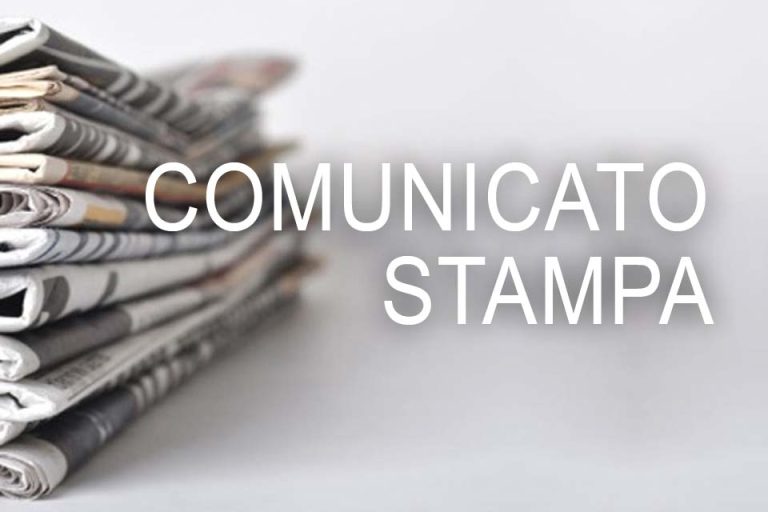In the summer of 2022, I started making an archive with photographs of objects that I find by chance abandoned on the street when I go for a walk in Rotterdam.
These objects are very varied (furniture, clothing, toys, electrical appliances…) and could be classified into different categories according to their shape, function, origin, or condition. Some of them catch my attention because they have a certain humor. Others, however, are enveloped in melancholy. Some hope for a second life by being reused by someone, but the majority are condemned to destruction. My job is to rescue them in some way, even if only as an image, to take them out of the chaos and give them meaning. In any case, each object seems to want to tell us a story and would serve as material for a study on archaeological traces of the contemporary era because they provide information about our lifestyle and reveal the cultural processes that underlie human behavior.
I do not intend to criticize the consumer society and its consequences. Rather, my work shows that we live surrounded by waste. I find this disturbing, but at the same time it fascinates me. Moreover, from my point of view, the objects I find, despite being used, broken, dirty, rickety – or precisely because of it – have a certain aesthetic quality derived from their materiality and the environment that surrounds them that I want to show for the appreciation of others.
The Dadaists and Surrealists already popularized the “objet trouvé” in the last century, which, with minimal modification, was presented as a work of art. For my part, I do not manipulate the objects I find at all, I simply appropriate their image when photographing them and, above all, when painting them.
I have taken the challenge of truthfully painting a selection of photographs from my archive. When making them, it is not possible to choose the lighting or atmospheric conditions because they are shots of chance finds that cannot wait and I have not wanted to retouch them to preserve their documentary nature. The location is also given, the street, so there is always a common element in all the works that serves as a common thread in the exhibition: the ground. Where I do have more freedom is in composition, which is an important aspect for me with which I tenaciously seek balance. I usually take several shots from different angles. I have also painted some of the objects repeatedly.
Going from the immediacy of photography to the pictorial process is a risky adventure in which you must test your skills and be patient. I have presented the paintings as if they were still lifes, with a taste for detail and in a traditional way: oil painting. In this way I hope to create in the viewer the illusion of seeing the real object.
